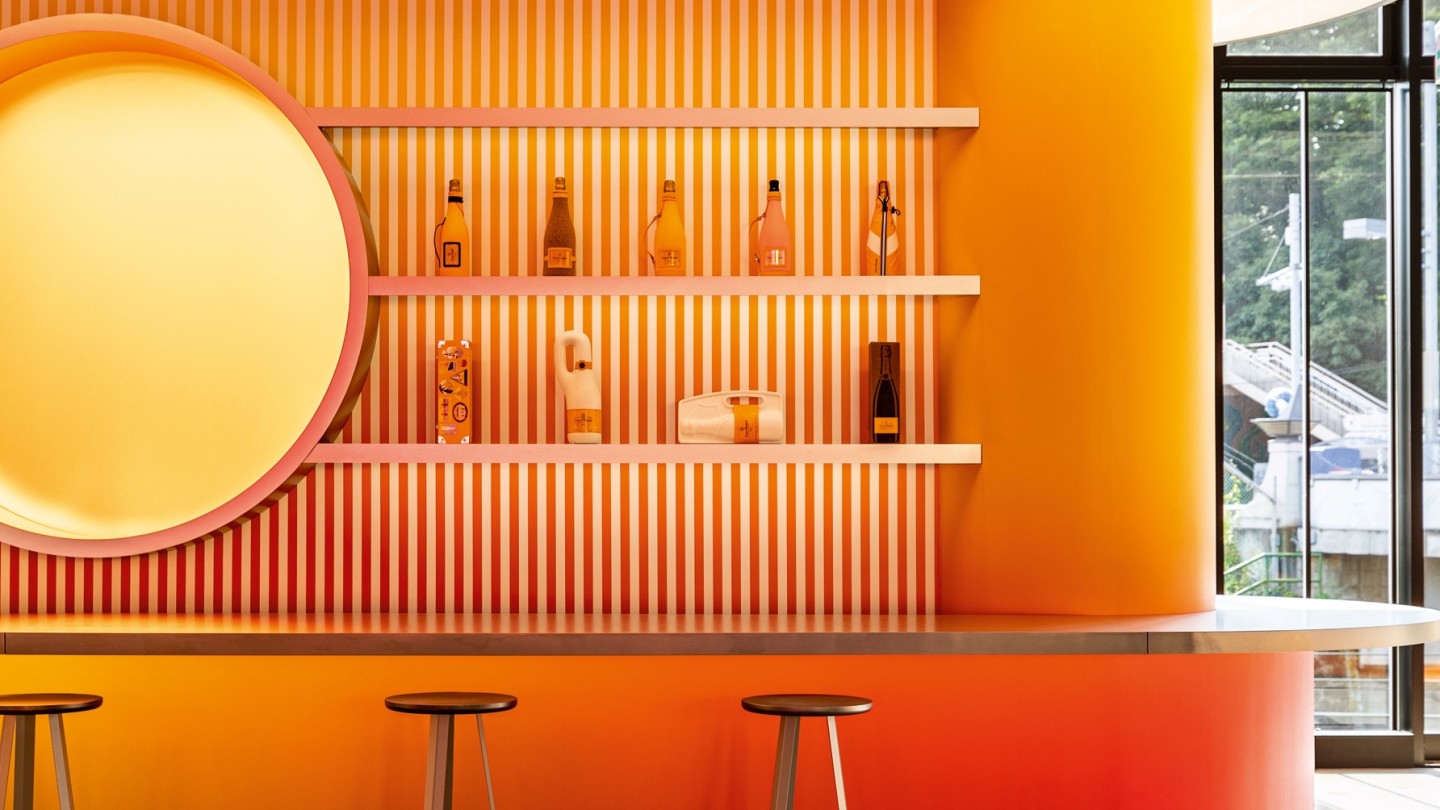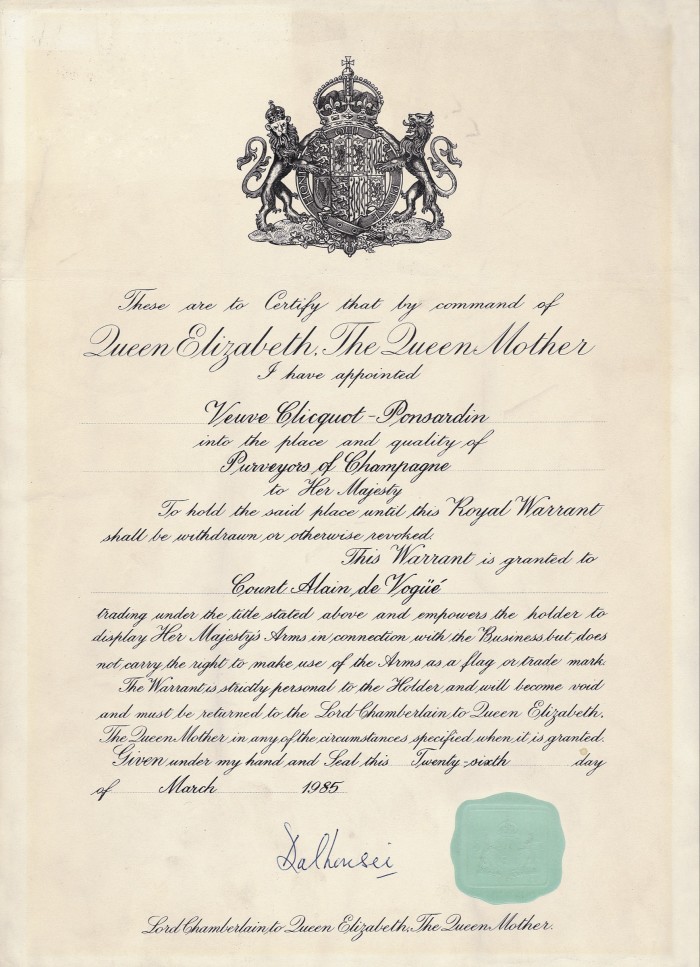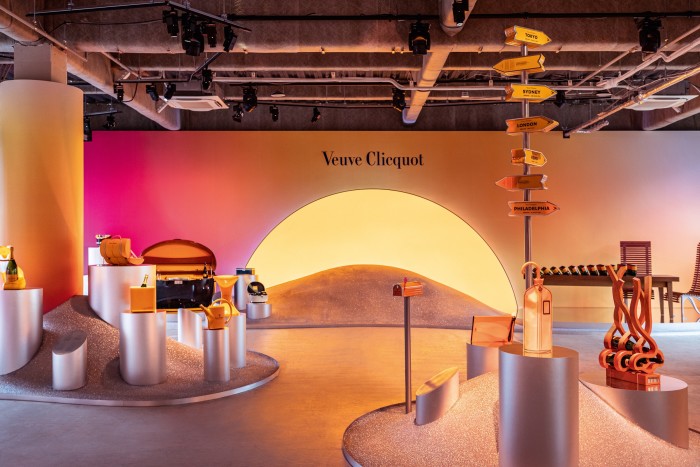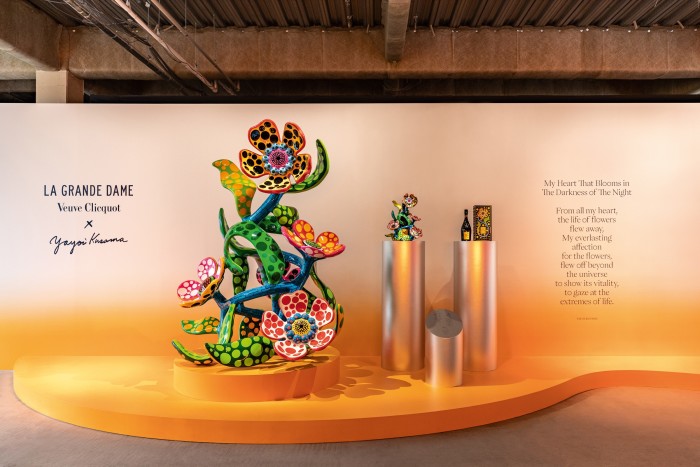Veuve Clicquot pops a cork for the new King

Roula Khalaf, Editor of the FT, selects her favourite stories in this weekly newsletter.
The coronation of King Charles III will be a cause for celebration for many (if one survey is to be believed, 75 per cent of Brits are going to mark it by going down the pub). It will have a different significance, though, for the 800 or so companies that hold a royal warrant – as every time a monarch changes, all warrants come up for review. At the time of writing, the royal household had around 40 official drinks suppliers with no fewer than eight champagne houses, ranging from Pol Roger and Bollinger to Krug and Louis Roederer. Only one English winery – Cornwall’s Camel Valley – has the right to bear the royal coat of arms. (Perhaps the new King might like to start by bestowing the warrant on a few more British wines?)

It is with canny timing, therefore, that Veuve Clicquot – a warrant holder since 1905 – lands in London next week with Solaire Culture, a huge exhibition celebrating its 250th anniversary, which showcases works by artists such as Yayoi Kusama, Cece Philips and Rosie McGuinness inspired by the champagne house’s producer Madame Clicquot and an archive stuffed with evidence of the marque’s long-standing popularity with British royalty.

Queen Victoria was the first monarch to order a direct shipment of Clicquot, in 1868, and the palace cellars were always well stocked with her favourite champagne. On a trip to France, according to her “courier” JJ Kanné, “the wine was served at her table every day”. On another occasion, Kanné wrote to Clicquot requesting “one hundred bottles […] of your oldest champagne, not too sweet” – an indication that Victoria was very much on board with champagne trends of the time. It was the British market that pushed for the drier style that ultimately came to be known as Brut. Clicquot was an early adopter of the Brut style, and introduced the first known “vintage” champagne. Over the course of the 20th century, the house produced a number of special cuvées to commemorate royal dates. (The last was to celebrate the wedding of Charles to Diana in 1981.)

By all accounts, the Queen Mother, Queen Elizabeth, was partial to a glass of Clicquot (or two). “You might tell your master that the magnum of Veuve Clicquot 1928 was the high spot of the luncheon party,” wrote Rear Admiral Hickling to Clicquot’s agent in 1947. “The Queen [Mother] particularly was quite lyrical in her praise after two glasses.” And Clicquot’s yellow label also often figured at banquets and luncheons during Queen Elizabeth II’s reign.
In 1959, during a pit-stop at The Drake in Chicago, the monarch re-fuelled on Clicquot Brut – “cooled to her taste” – paired with caviar, cheese fondue, goose liver pâté and Chinese egg rolls. A lesson in regal dining on the go.
Comments